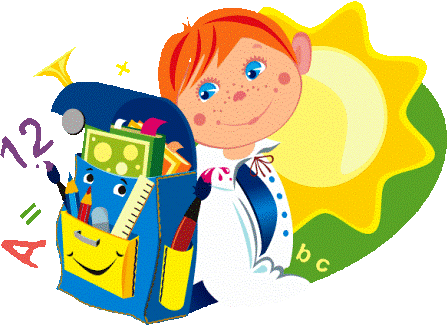Teaching foreign languages has a specific character. The main aim of
it is forming a communicative competence of pupils and students.
Planning a lesson you have to consider the age of students and
classes of students of different abilities and with different needs.
Planning is useful, before we teach a lesson we need to decide what
the goals or aims of the lesson are.
It is useful to break down a lesson plan into three stages: the
opening, the middle and the end.
Opening
In the first part of a lesson the teacher should explain to the
learners:
- what the aims of the lesson are
- how the lesson links to previous one(s)
- what activities they are going to do.
Before you start work on a new area it is a good idea to review work
that was covered in a previous lesson. This could be done informally
by asking the class if they remember what they studied last time, which
words, expressions, or structures they remember. It could also be done
in a homework checking activity or as a mini-lesson that checks
whether the learners can use the language correctly.
You can use a warm-up activity to get the learners’ attention and
interest. This can be something that is unrelated to the main part of a
lesson.
Middle
This is where you focus on the main aim of the lesson. The language
learning process can be broken down into five stages:
INPUT- NOTICING – RECOGNIZING PATTERNS AND RULE MAKING – USE AND
RULE MODIFICATION - AUTOMATING
In the classroom this might involve the learners reading or
listening to a text that contains new language. This can be followed by
an activity in which the learners focus their attention on this new
language. This in turn is followed by an activity that gives them a
chance to use the language.
The main part of the lesson is often a combination of activity
types.
End
The final part of a lesson aims to bring it to a close or
conclusion. There are a number of things you can do in this stage, for
example:
- recap the main points of the lesson
- relate the lesson to the goals or aims you stated at the
beginning
- show how the lesson links to work done before
- go over any homework instructions or preparation learners
must do for the next lesson
- praise learners for what they have achieved in the lesson
- get learners to evaluate the lesson.
Evaluating a lesson
After you have taught a lesson, it is a good idea to evaluate it.
Here are some questions you can use.
Lesson aims
Did you achieve some or all of the aims of your lesson? Why, or why
not?
Activity sequence
For each activity, make brief notes including the reasons, based on
the following:
- It took more time than planned; it took less time than
planned; it went as planned.
- Learners enjoyed/didn’t enjoy it.
- I enjoyed/didn’t enjoy it.
- Learners found it easy/OK/difficult.
- I would change…if I did the activity again.
- Other comments.
Overall comments:
- How did you feel about the lesson in general?
- What was the best pert of the lesson? Why?
- What was the least successful part? Why?
- Did learners have any particular difficulties?
- Can you think of ways in which you could address the difficulties
you have mentioned? OR
- Give some brief ideas of follow-up work you would do for this
lesson.
- Any other comments you would like to add.
| 
